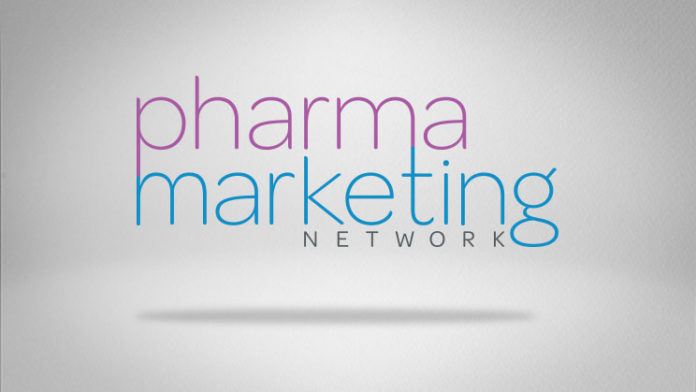Andrew Spong, author of STweM blog across the pond in the UK, doesn’t like the way pharmaceutical companies and their agencies measure social media “influence.” At least that’s how I interpret the following:
“Hankering after a means of measuring the solid reassurance of an ‘influence’ expressed through proclamatory, monological, univocal press release-style may have allowed third parties hundreds of opportunities to sell in dashboards, listening posts and bamboozling number-crunching interfaces, but unfortunately this isn’t the way influence works.”
According to Spong, “Rather than being exerted in this muscular, familiar, corporate-friendly manner, influence on the Social Web is received by means of ongoing observation of a user’s manners and habits, daily dialogues, impromptu conversations, helpful interventions, and just plain shooting the breeze.”
I have to agree that pharma may be allowing third parties to “bamboozle” them with “number-crunching interfaces.” During the recent West Coast Digital Pharma conference, which I attended remotely via Twitter, I noticed a lot of noise about such third parties. At the time, I tweeted “You can’t swing a dead cat at #digpharm w/o hitting a tech company willing & able to monitor social media convos 4 #pharma!”
However, in terms of actionable measures to address questions pertaining to return on investment, which is a major obstacle for pharma adoption of social media (see the 2013 Digital Barometer data here), pharma marketers cannot rely simply on “observations” as Spong suggests.
The drug industry is a scientific enterprise and while observations are part of the scientific process, they’re not sufficient for any proof of efficacy whether we’re talking about social media communications or new drugs to treat disease. Both require numbers and “number crunching.”
Now, there are some social media numbers that are bad for measuring influence and some that are acceptable, if not perfect. Spong and I agree that popularity contests such as #pharma100 are pretty worthless at measuring influence (read more about that here). But I see some value in numbers such as Klout scores, Twitter Follower counts, and Facebook “Likes.” And monitoring social media conversations for the number of mentions of a product or campaign also, IMHO, has some value, especially during these early years of the Pharma Digital Adoption curve.
I don’t know how much stock pharma marketers put in these kinds of numbers, but they do help when trying to evaluate if you have reached a pre-detrmined goal. Having a goal that can be measured is marketing 101, I believe.
If the pharmaceutical industry is to successfully integrate social media into its marketing strategy, number-crunching is crucial. That’s my opinion. What’s yours?









![6 Digital Tools at the Center of Healthcare Digitalization [INFOGRAPHIC]](http://ec2-54-175-84-28.compute-1.amazonaws.com/pharma-mkting.com/wp-content/uploads/2021/04/6DigitalTools_600px-100x70.jpg)




